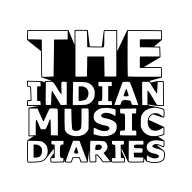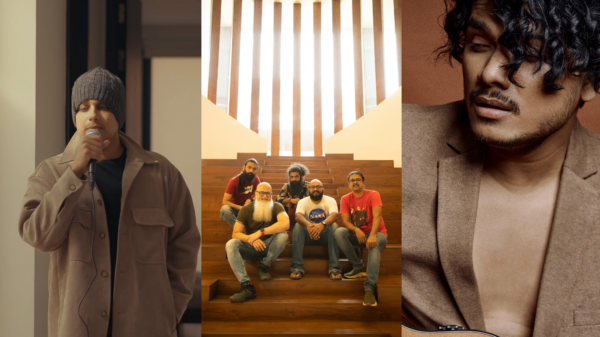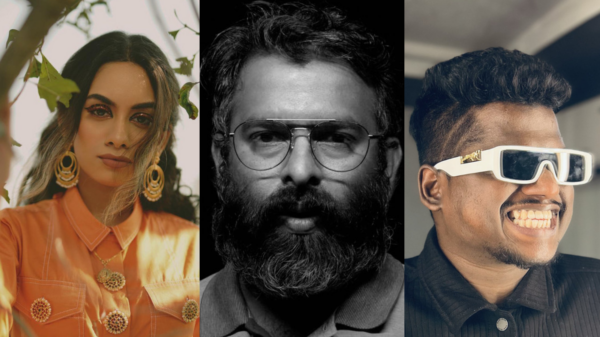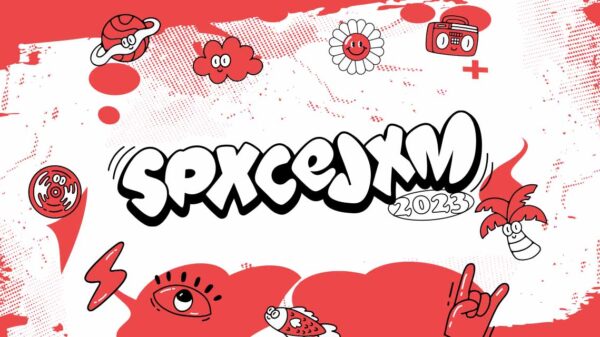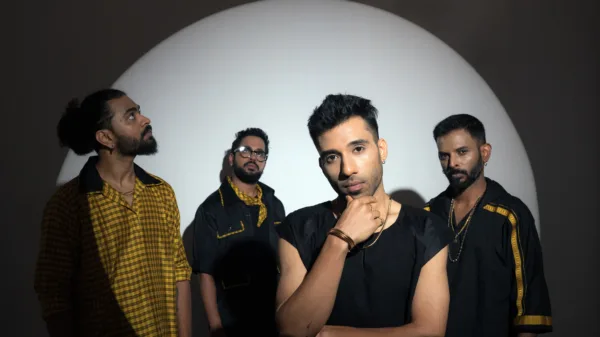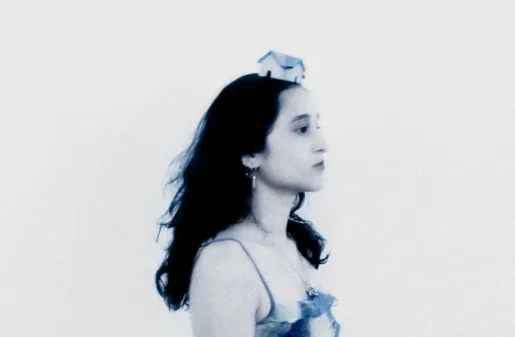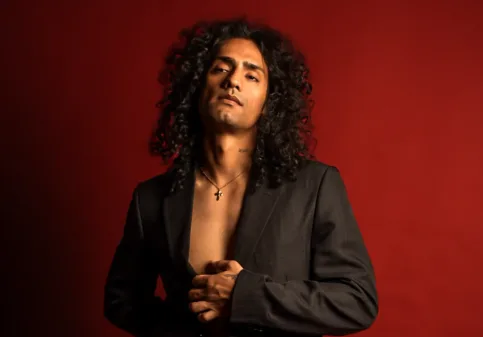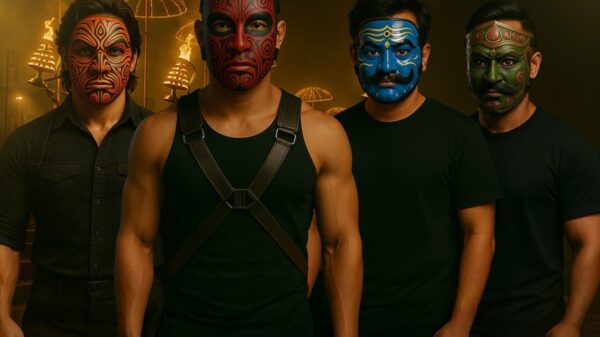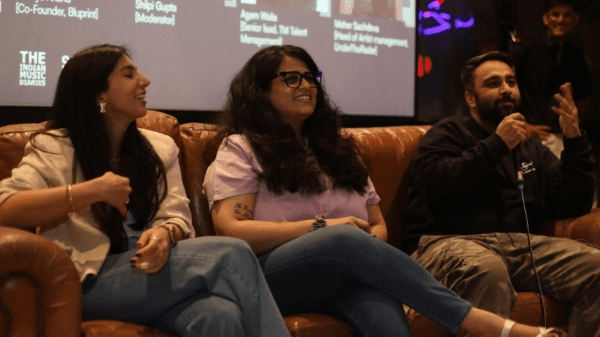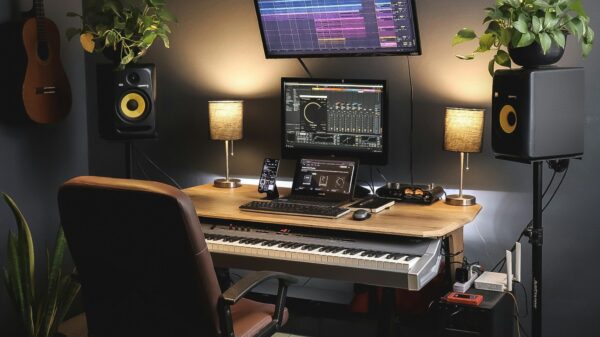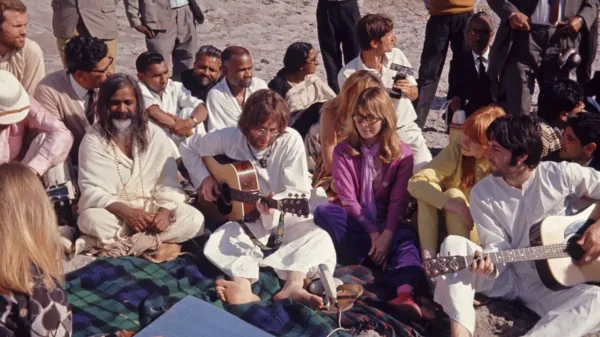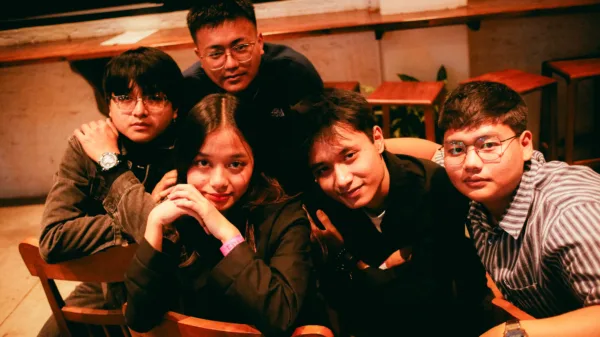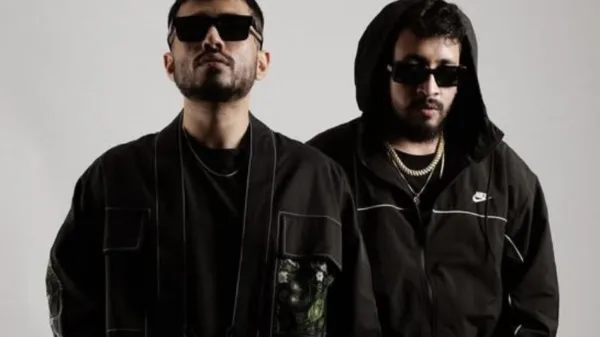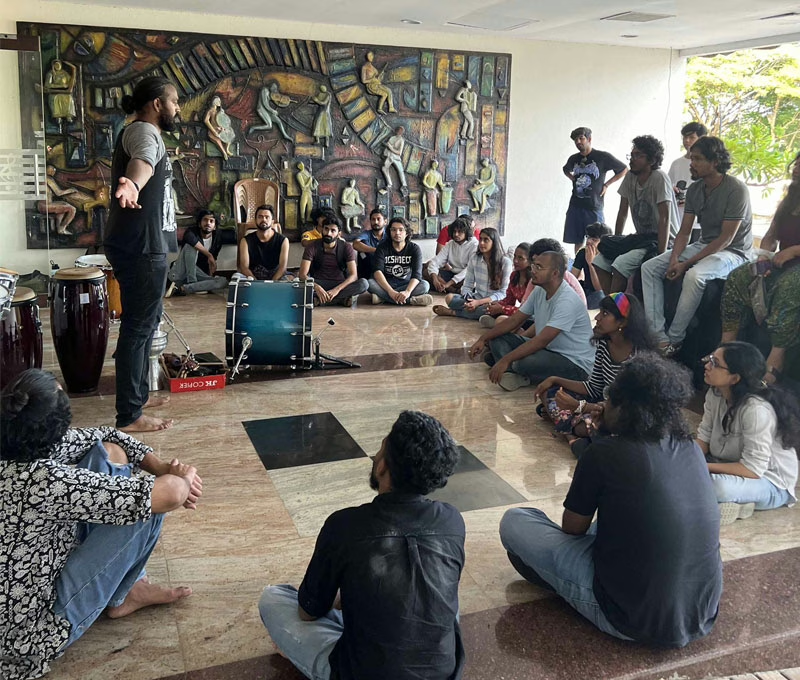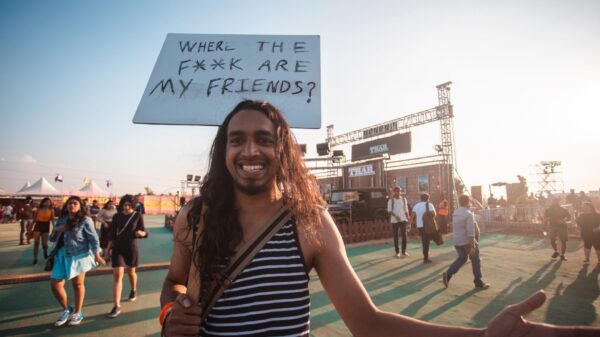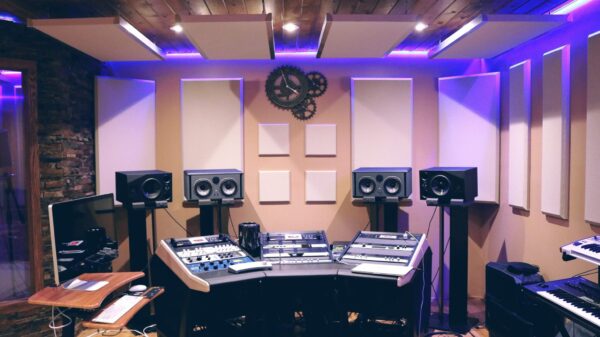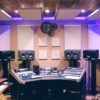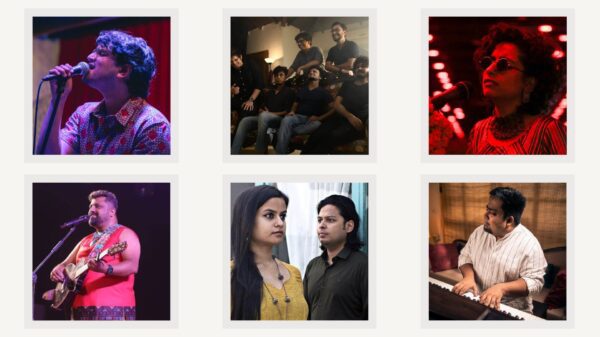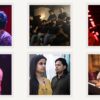India, and its landscape of music education, have always been in flux – and yet, it remains elusive. While popular understandings gravitate towards institutions that provide classical training, affording them legitimacy, there is also the preconceived notion that this is a hobby-istic form of learning. That music education could possibly not lead to a “career” is something that has plagued the perception towards learning it in the country – thus side-casting a burgeoning industry teeming with the need for professionals. Many experts and industry professionals have been pointing out this chasm of understanding, pointing out the fact that the country’s indie music industry has entered a sustained growth phase. This is further catalyzed by live performance circuits, brand partnerships, and streaming-era discovery. However, its durability is anchored in a less discussed, almost invisibilized, engine: physical music institutions.
These institutions and conservatories forge the real-world competencies—performance craft, ensemble discipline, production workflows, and stage-readiness—that indie artists need to thrive across venues, festivals, studios, and sync opportunities. They also help build networks for musicians and provide a solid structure — for future platforming and coherent understanding of a system that they are going to partake in as a career.
India and the Need for Applied Music Training
The indie artist’s primary currency is performance. Real-time, interpersonal instruction sharpens timing, dynamics, stagecraft, and stamina—skills that are hard to acquire in isolation or via asynchronous online lessons. What formalized learning also grants is the provision of a proper feedback loop, an arrangement where learning is not isolated into a one-way exchange.
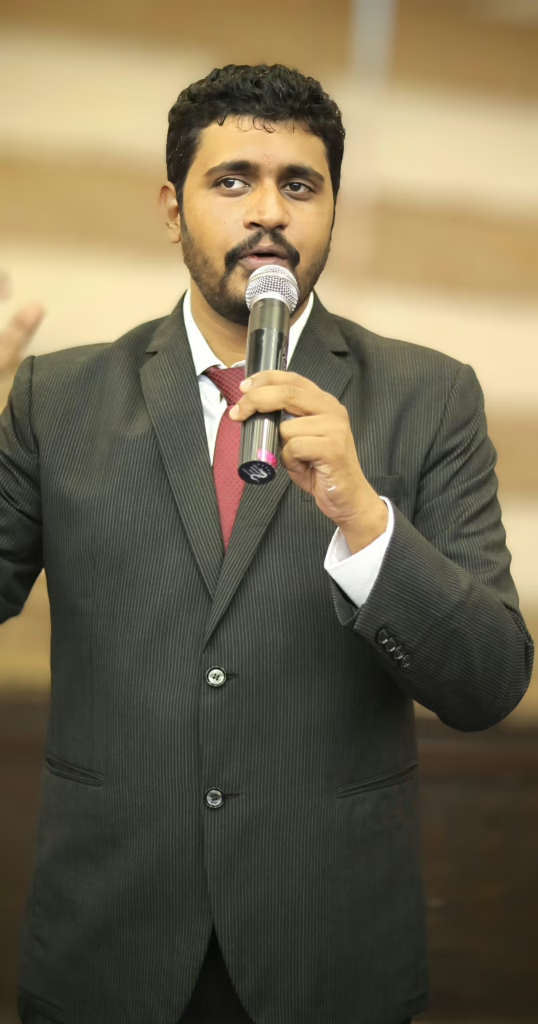
Ensemble rehearsals and live-room critique simulate venue conditions and prepare artists for festival-grade sets. Applied learning accelerates the artist-to-market cycle. Institutions with rehearsal studios, small-format performance stages, and production labs compress the learning loop from composition to arrangement, recording, mixing, and live deployment. Siddhartha Ramanathan, guitarist, composer and the Head of Academics at the Swarnaboomi Academy of Music states, “Although online tutorials have made information widely accessible, structured guidance and personalized feedback remain fundamental to effective learning. Starting musical education in person provides essential mentorship, especially when developing technique and foundational skills, which cannot be fully replicated through videos or remote resources alone. I always advise people to start their music education journey in person and get to a level where they can research, learn and apply skills independently. Learning how to play, read and compose happens best in person especially when one is starting out. No video can tell you if you’re holding the guitar the right way, or if the pain you’re feeling is normal or due to bad technique.”
The scene “integration” – the exchange between the artist and the industry, takes place offline. Physical schools act as connective hubs—pairing guitarists with drummers, vocalists with producers, and artists with managers, FOH engineers, and promoters. This network formation is essential to building sustainable indie acts that tour and monetize beyond streaming payouts.
The Institution and the Indie
Many applied-music schools run in-house showcases, open mics, and jury performances that funnel emerging artists to clubs, college festivals, and city circuits. These events double as A&R touchpoints for indie labels, managers, and brand scouts. Training in DAWs, live sound, mic technique, and backline management means indie artists can adapt to varied venue rigs, reduce tech risk, and control more of their sound—critical for lean, self-managed acts. Institutions coach artists on contracts, performance rights, and publishing basics. This helps indie acts capture revenue from live gigs, syncs, and neighboring rights while avoiding common pitfalls in a fragmented market.
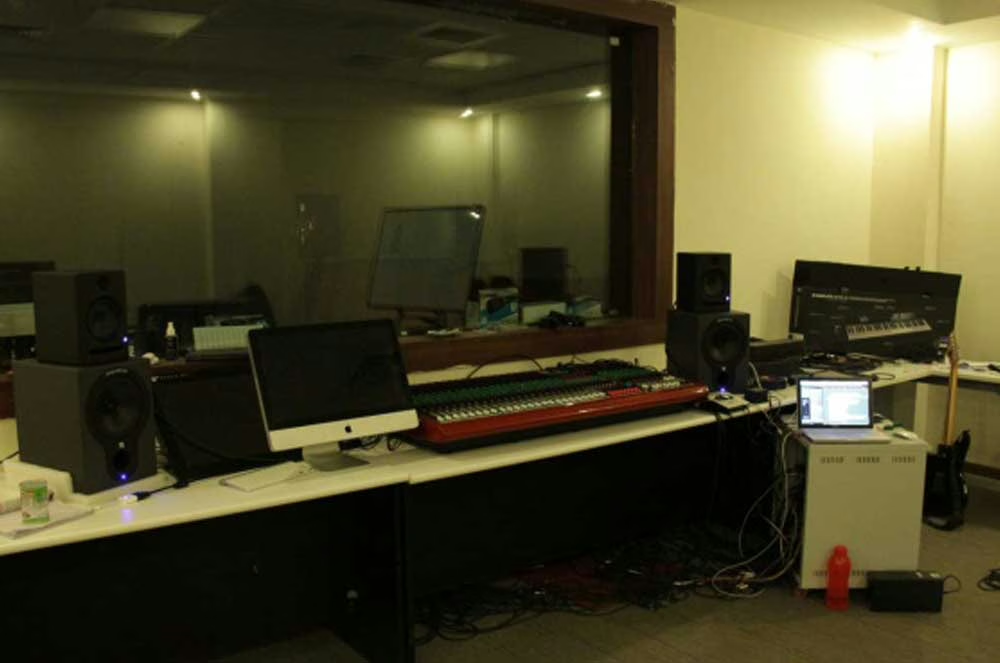
There, therefore, emerges a symbiotic relationship between the institutions and the indie music space. As indie draws larger audiences and brand budgets, more learners enroll in applied programs seeking performance careers; in turn, schools graduate cohorts capable of headlining indie venues and regional festivals. Schools’ studios and black-box theatres double as production spaces for indie EPs, live sessions, and content drops—lowering costs and raising output quality for emerging acts. Faculties of more seasoned artists help students learn stagecraft, set ergonomics, and festival standards – and prepare them in familiarization, where the student does not find themselves abysmally stranded when encountering the first hand optics of the music business. Most students, therefore, can expect dedicated live rooms and small stages with full backline and FOH/monitor workflows, DAW labs and project studios tied to assessed release milestones, placement support into festivals, venue residencies, and brand-funded sessions.
Ramanathan further states, “In the coming decades, music education in India is set to expand through more institutions, structured programs, and possibly a national board for music examinations. Moreover, a multi-lingual approach—embracing both Western and indigenous forms—will enrich students’ understanding, with traditions like Konnakol offering world-class rhythmic foundations.”
Policy, Industry, and the Bottom Line
While venue zoning and noise policy clarity can unlock more compliant small venues and rehearsal spaces, giving applied schools more performance integration points, micro-grants for campus showcases and city-run indie nights create reliable stages for student-artist pipelines. Partnerships between institutions, city festivals, and cultural trusts formalize the “classroom-to-stage” ladder in multiple regions.

India’s indie surge isn’t just a streaming story—it’s a stage story. Physical, applied-music institutions can be the scaffolding that turn individual talent into durable, bookable acts capable of touring, releasing, and monetizing in a live-first ecosystem. As more campuses embed real venue workflows, production sprints, and industry interfaces into daily training, indie’s growth curve steepens—and the pipeline between classrooms, studios, and stages becomes a self-reinforcing loop that powers India’s broader music economy. To ensure the smooth progression of the same, there also emerges the need for reformative changes in the current music education system, in itself. As Ramanathan says, “The fragmented nature of music education in India is a significant obstacle, both for individuals and institutions. While strides are being made through frameworks like the NSDC’s Qualification Packs and the NEP’s integration of music with core academic subjects, a unified, robust system is still needed. To broaden access, India needs an interconnected framework that integrates regular schools, music institutions, grade exams, and colleges. Introducing serious music education at the school level could catalyze greater participation, leading to growth at every tier—from grassroots instruction to professional careers.”
